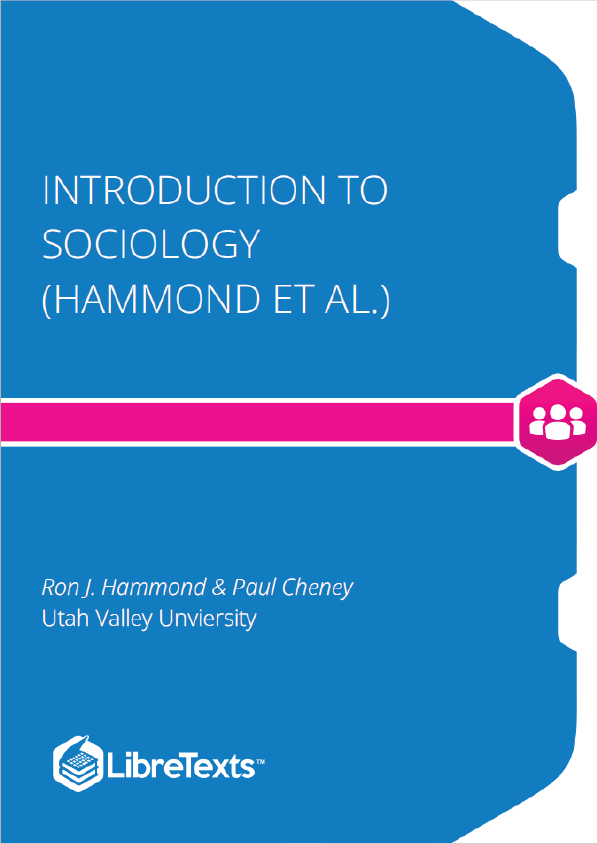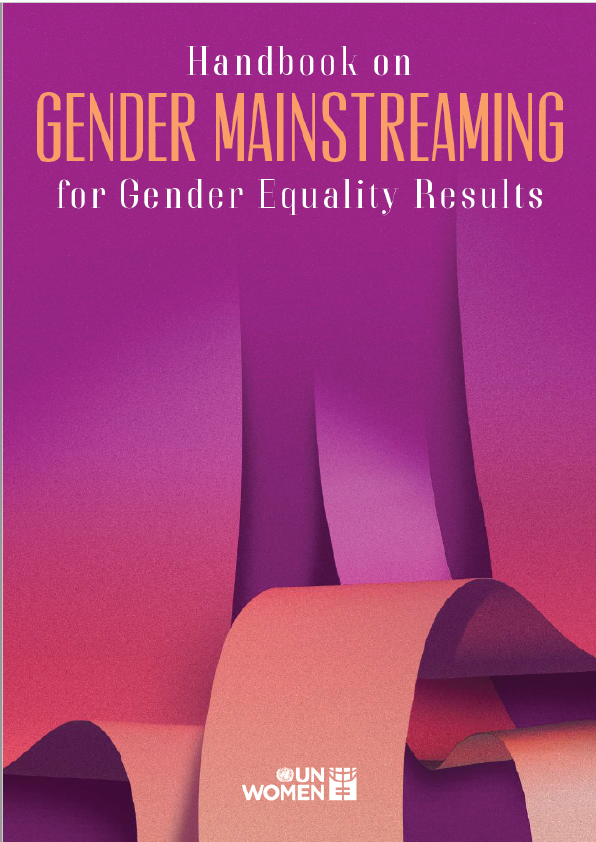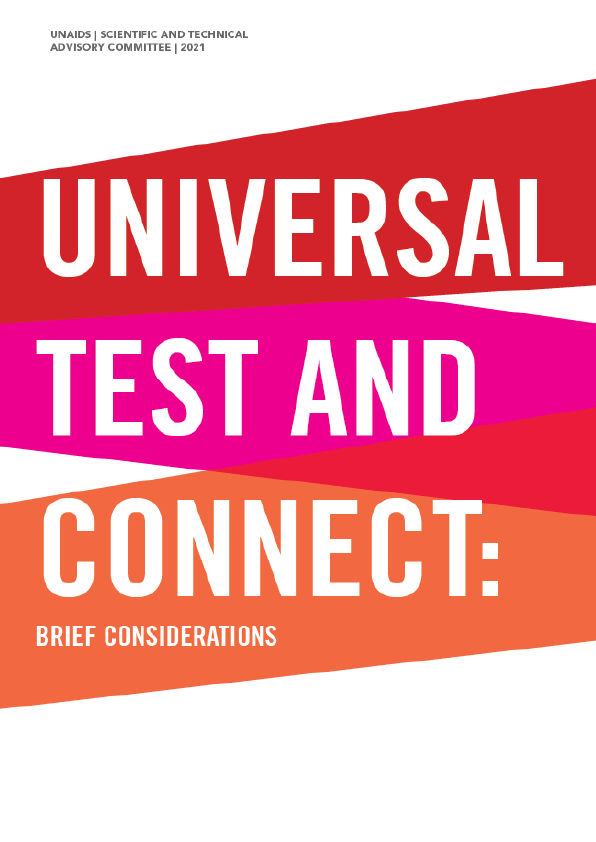This New Science of Societies: Sociology
Sociology is a relatively new discipline in comparison to chemistry, math, biology, philosophy and other disciplines that trace back thousands of years. Sociology began as an intellectual/philosophical effort by a French man named Auguste Comte (born 1798 and died 1857). He is considered the founder of sociology and coined “Sociology.” Comte’s Definition of Sociology is the science of society. In his observation Comte believed that society’s knowledge passed through 3 stages which he observed in France. His life came in what he called the positivism stage (science-based). Positivism is the objective and value-free observation, comparison, and experimentation applied to scientific inquiry. Positivism was Comte’s way of describing the science needed for sociology to takes its place among the other scientific disciplines.
His core work, “The Positive Philosophy of Auguste Comte” was translated by a British-born philosopher named Harriet Martineau (1802-1876). She literally clarified Comte’s original writing as she condensed it into a concise English language version. This expanded the interest in sociology to include English speakers. Martineau held values that are common today but were way before her time. She opposed oppression, especially of women and Black slaves in the US. Her own work about society which first addressed this, Society In America has been scanned and is free (public domain) to read at http://books.google.co.uk/books? id=A…ummary_s&cad=0 .
Why did thinkers of the day find a need for a new science of sociology? Societies had change in unprecedented ways and had formed a new collective of social complexities that the world had never witnessed before. Western Europe was transformed by the Industrial Revolution, a technological development of knowledge and manufacturing that began in the late 1600s and continued until the early 1900s. The Industrial Revolution transformed society at every level. Look at Table 1 below to see pre and post-Industrial Revolution social patterns and how different they were.
Prior to the Industrial Revolution, families lived on smaller farms and every able member of the family did work to support and sustain the family economy. Towns were small and very similar (homogamy) and families were large (more children=more workers). There was a lower standard of living and because of poor sanitation people died earlier.
After the Industrial Revolution, farm work was replaced by factory work. Men left their homes and became breadwinners earning money to buy many of the goods that used to be made by hand at home (or bartered for by trading one’s own homemade goods with another’s). Women became the supervisors of home work. Much was still done by families to develop their own home goods while many women and children also went to the factories to work. Cities became larger and more diverse (heterogamy). Families became smaller (less farm work required fewer children). Eventually, standards of living increased and death rates declined.











